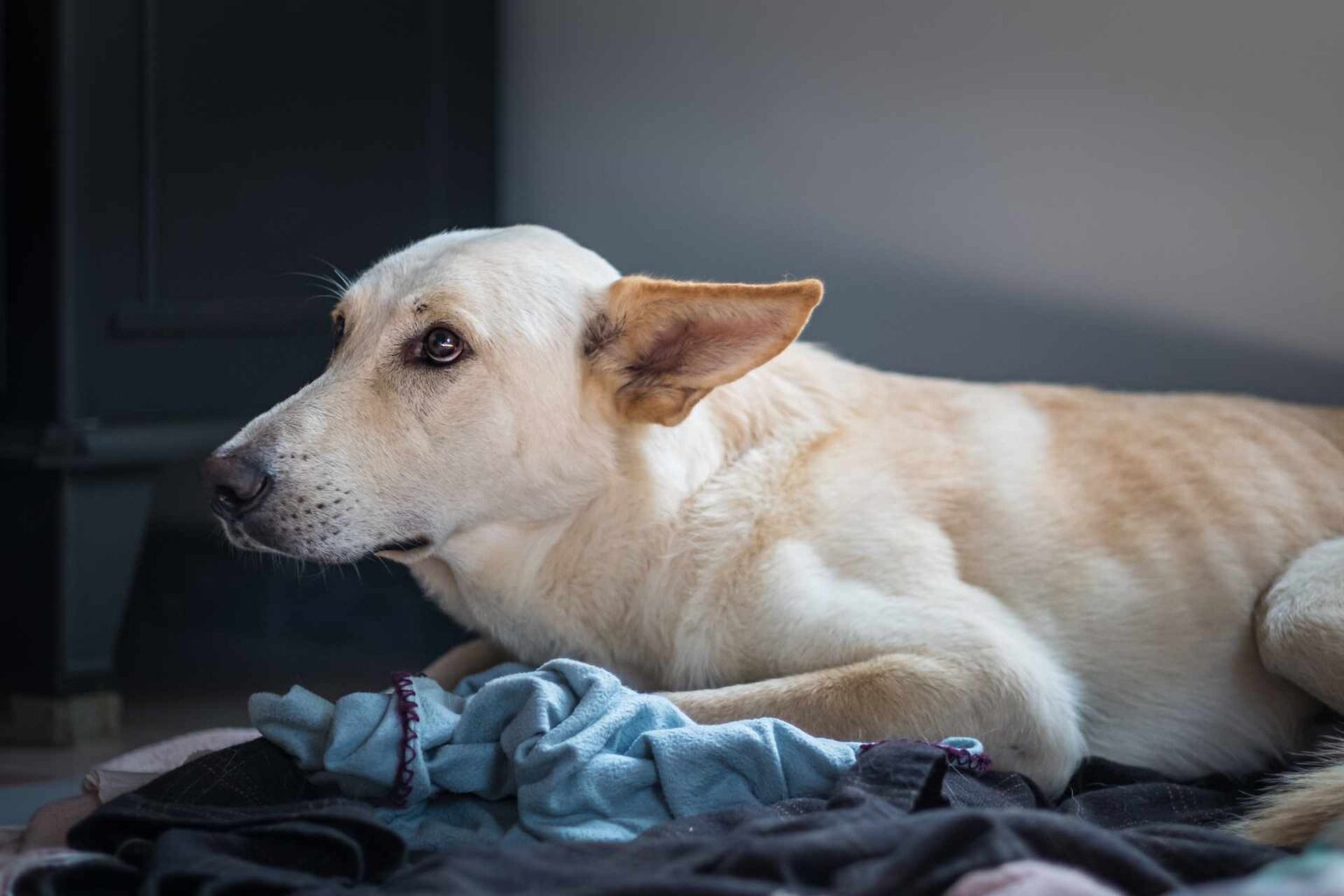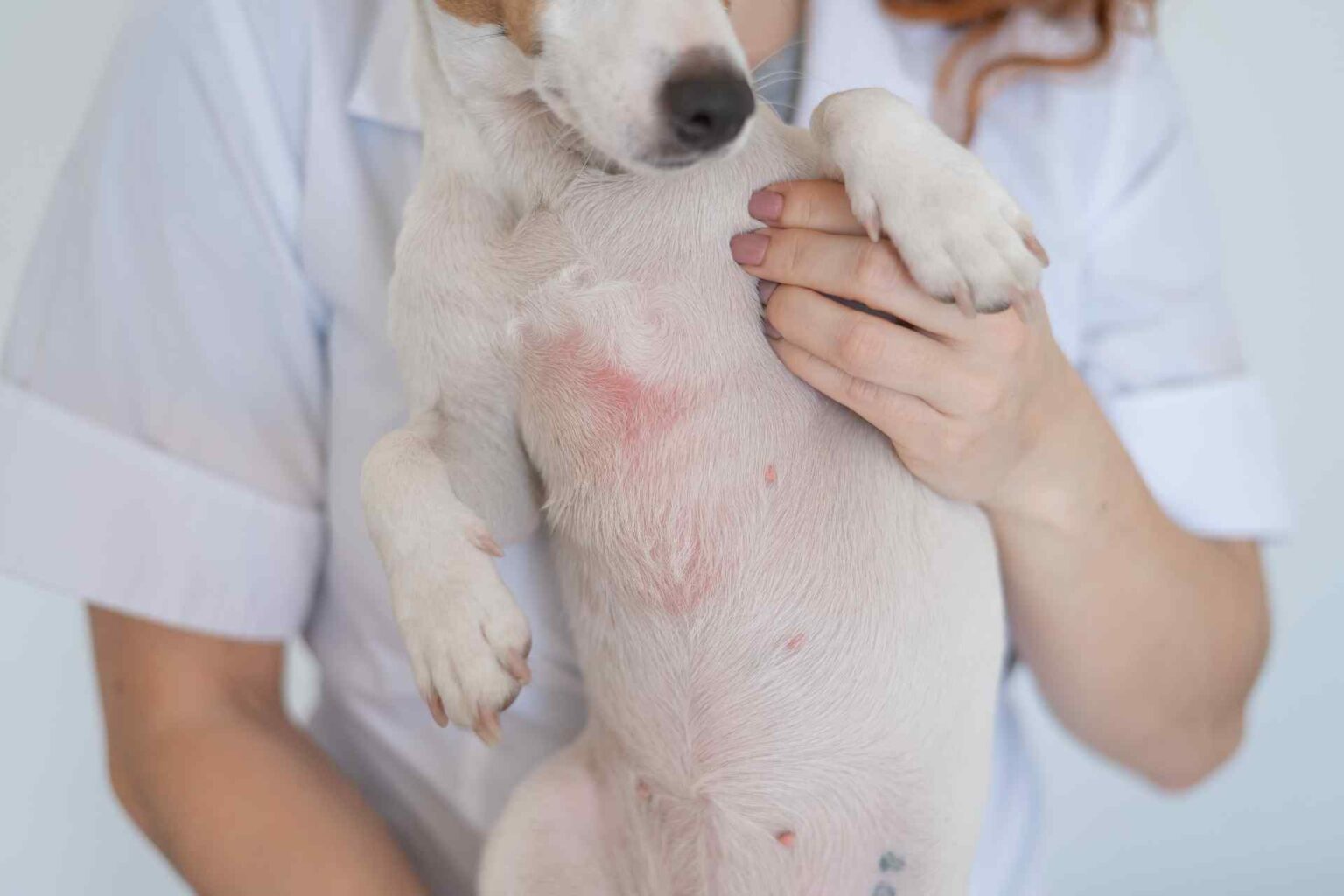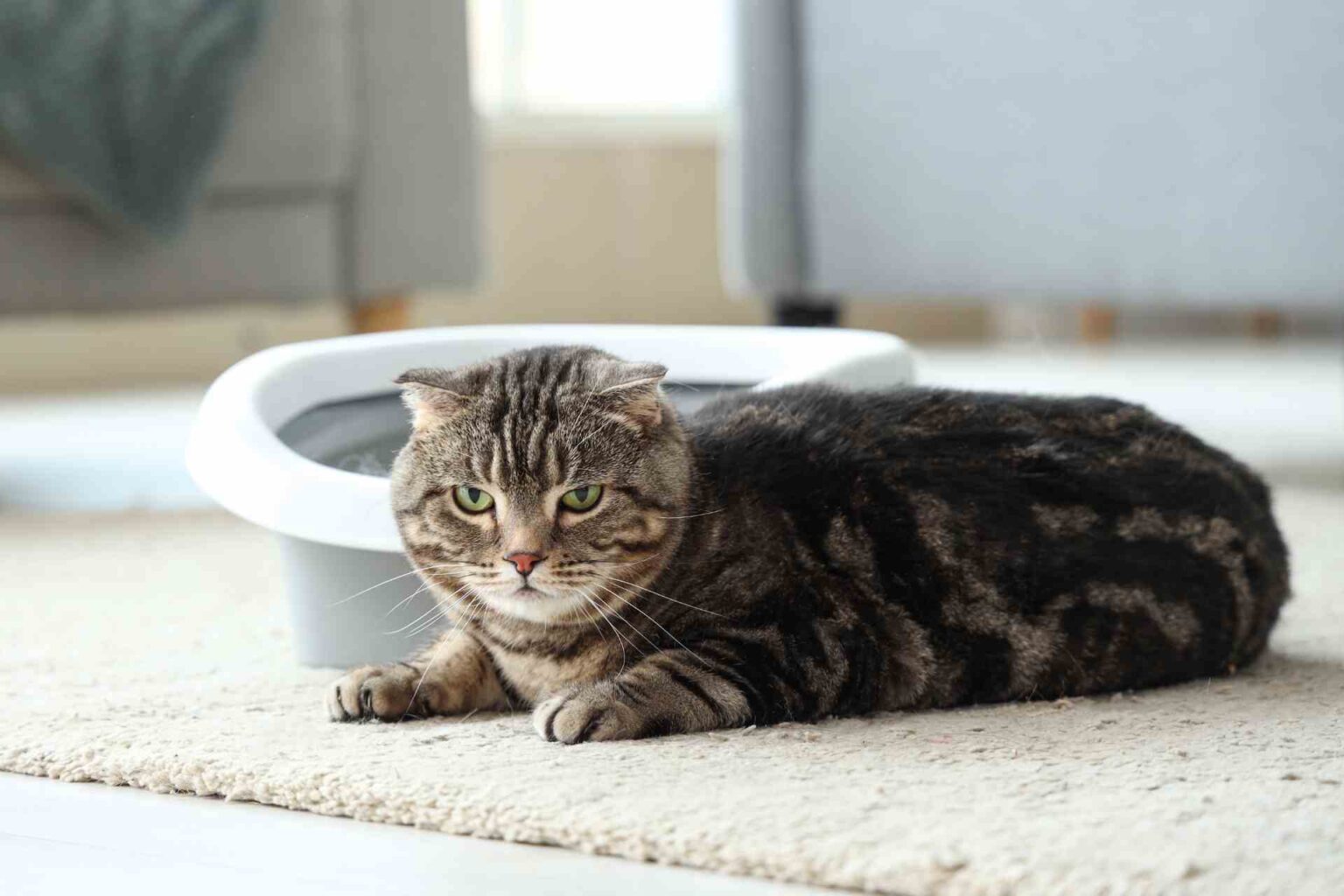It is believed that in the interaction between the host and the gut microbiota a crucial role is played by the products of bacterial metabolism. Short-chain fatty acids (SCFAs), particularly acetate, propionate and butyrate, deserve special attention in this context.
They are the main end products of bacterial fermentation of nondigestible dietary fiber and involve a number of benefits, ranging from immunomodulatory action to antidiarrheal effect and promotion of gastrointestinal motility.
In humans, fecal concentrations of SCFA have been found to be reduced in patients with gastrointestinal disease, with a corresponding increase in the inflammatory state that characterizes these forms.
On the dog with chronic enteropathy, however, data are scarce, as most studies have mainly examined the effects of nutritional interventions on SCFA concentrations in healthy animals. A study conducted at Texas A&M University and published in the Journal of Veterinary Internal Medicine therefore evaluated fecal SCFA concentrations in a group of healthy dogs and in a group of dogs with chronic enteropathy, analyzing the correlations between this finding and the gut microbiota set-up.
The characteristics of the dogs enrolled in the study
The study involved 73 dogs (mean age 4.5 years) with clinical signs of chronic enteropathy of varying degrees and 49 healthy dogs as controls (mean age 6.1 years), belonging to different breeds but comparable in gender and weight. In terms of diet, dogs with enteropathy had lower protein intakes, but both groups had similar intakes of fiber, which is the dietary substrate for bacterial production of SCFA. Among the dogs with enteropathy, 18 were receiving antibiotic therapy, 9 were receiving immunosuppressive drugs, and 5 were following both treatments.
SCFA concentrations and the microbiome setup.
Analyses showed that total SCFA concentrations in feces are significantly reduced in dogs with enteropathy, with acetate and propionate showing a marked reduction. Fecal concentrations of SCFA are not affected by weight, type of enteropathy or its extent, nor by the characteristics of the associated diarrhea. Nor are they affected by the administration of antibiotics or anti-inflammatories.
Regarding the microbiome, the analysis conducted by quantitative PCR identified the following. 11 phyla and 210 genera in total, with the alpha- and beta-diversity that were lower in dogs with enteropathy, in which they appeared reduced Bacteroidetes, Blautia spp., Faecalibacterium spp, Fusobacterium spp., Turicibacter and C. hiranonis, as opposed to Bifidobacterium spp, Lactobacillus spp, Streptococcus spp and E. coli. Drug treatments do not seem to have significantly affected bacterial abundance, but the index of dysbiosis was significantly higher in the group with enteropathy.
For the relationship between fecal concentrations of SCFAs and the abundance of particular bacterial strains, the study revealed a series of 12 associations of propionate and butyrate with the abundance of specific bacterial strains, but none concerning acetate.
How to take advantage of the protective action of SCFAs
Thus, the study confirms that in dogs, enteropathy reduces the concentrations of SCFAs–particularly butyrate and propionate–and that this is accompanied by significant changes in the arrangement of the fecal microbiota, with increased index of dysbiosis.
The goal now is to test how, if, and how much the concentrations of SCFAs can be modified to take full advantage of their protective action in the gut and thus restore a more appropriate immune response.
Source
Minamoto Y, Minamoto T, Isaiah A, et al. Fecal short-chain fatty acid concentrations and dysbiosis in dogs with chronic enteropathy. J Vet Intern Med. 2019;33(4):1608-1618. doi:10.1111/jvim.15520











